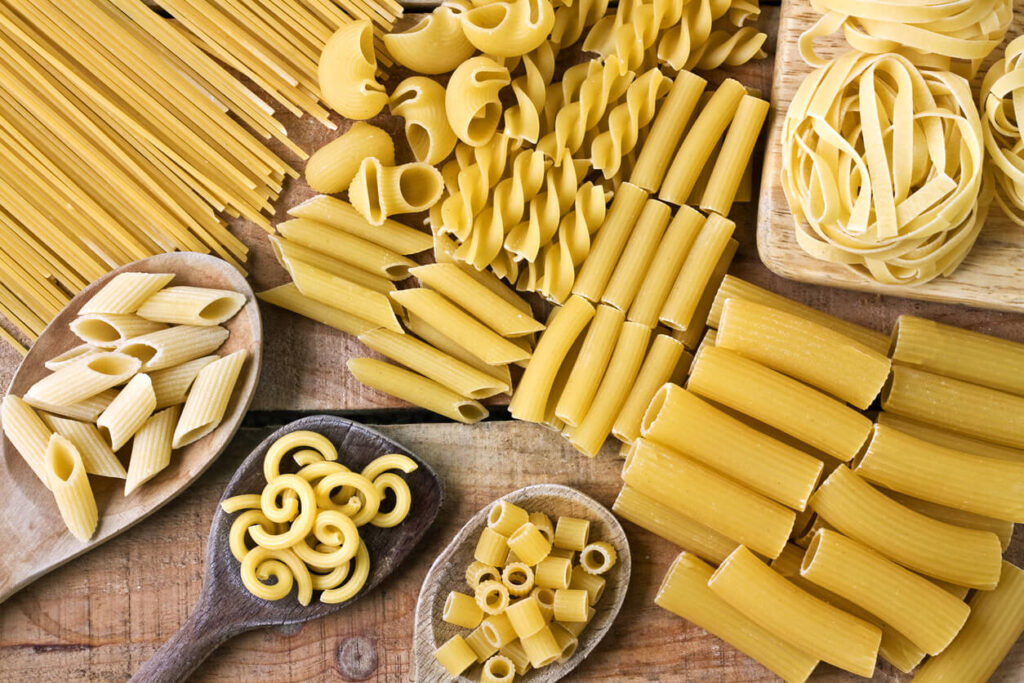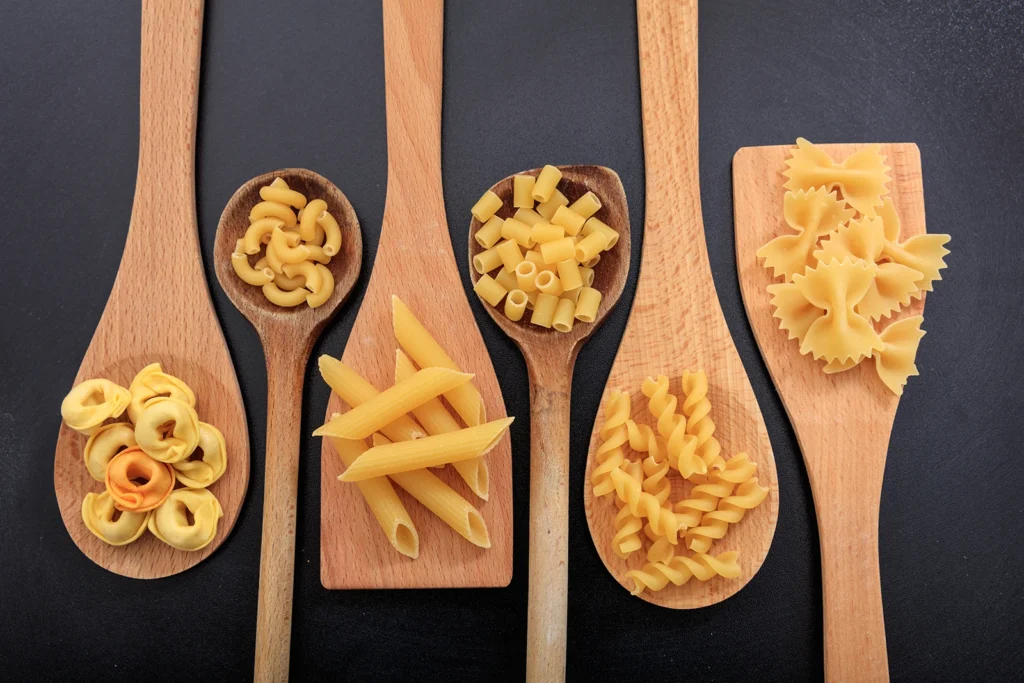Italian cuisine is famous around the world for its delicious pasta dishes. Whether you prefer spaghetti, fettuccine, or linguine, there is no denying the comfort and warmth that a good plate of pasta can provide. While it may seem daunting to make fresh pasta at home, with a little knowledge and practice, anyone can master the art of pasta making.
Introduction to Italian Pasta Making

Source: pinterest.com
Many people believe that the best pasta is made by hand. That’s why visiting a pasta deli can be such a great experience. There, you can see firsthand the passion and dedication that goes into making a fresh batch every day. From selecting the right ingredients to rolling and cutting the dough, each step is a labor of love that results in a delicious finished product.
The History and Tradition of Italian Pasta
Italian pasta has a long and rich history. The first recorded mention of this dish dates back to the 14th century, and over the centuries, it has become an integral part of Italian cuisine. Today, there are over 600 different shapes and sizes, each with its unique characteristics and ideal uses. The tradition of making it by hand has been passed down from generation to generation, and many families have their own secret recipes and techniques.
The Essential Ingredients
One of the most important aspects of making pasta is selecting the right ingredients. The two essential ingredients are flour and water, but the quality of those ingredients can make all the difference. Italian makers use a high-protein flour called semolina, which is made from durum wheat. This flour is ideal because it creates a dough that is elastic and holds its shape well. In addition to semolina flour and water, some recipes may also call for eggs or olive oil.
The Importance of Properly Preparing the Dough
Preparing the dough is perhaps the most important step in making pasta. While it may seem simple, there is an art to achieving the perfect texture and consistency. The key is to knead the dough until it becomes smooth and elastic.
This can take some time and effort, but the result is worth it. Once the dough is ready, it can be rolled out and cut into the desired shapes. Rolling out the dough to the proper thickness is also important, as it can affect the texture and cooking time of the pasta.
Understanding Different Shapes and Cuts

Source: pinterest.com
Understanding the different shapes and cuts of pasta is essential to creating a perfect dish. Every shape has its own unique texture, flavor, and ideal uses, and choosing the right one can make all the difference in the taste and presentation of your dish. For example, spaghetti is long and thin, making it perfect for light, delicate sauces that can cling to its surface. It’s also great for simple olive oil and garlic preparations.
On the other hand, fettuccine is wider and thicker, making it ideal for cream sauces or heartier meat-based dishes. Its width allows it to hold onto more sauce, while its thickness gives it a satisfying bite.
Penne is another popular shape, with its tube-like shape and ridges that can hold onto sauce. It’s great for baked dishes and casseroles, as well as for hearty meat sauces. Rigatoni is similar to penne, but its larger size and ridges make it perfect for even heartier sauces and fillings, such as Bolognese or creamy tomato sauce. Farfalle, or bowtie is a whimsical shape that’s perfect for lighter, cream-based sauces or vegetable-based dishes.
Mastering the Art of Pasta Making at Home
Start by selecting the right ingredients and equipment, then follow a trusted recipe to prepare the dough. From there, experiment with different shapes and sauces to find your perfect combination. Remember to be patient and take your time – the art of pasta making is about enjoying the process and creating something delicious to share with loved ones.
The Role of Sauces in Italian Cuisine
Sauces are an essential part of Italian cuisine, and there are countless varieties to choose from. Whether you prefer a simple tomato sauce or a complex bolognese, the right sauce can elevate your dish to new heights. It’s important to choose a sauce that complements the shape and texture of your pasta – lighter sauces for delicate shapes and heavier sauces for thicker shapes. Don’t be afraid to experiment with different ingredients and flavors to create your own signature sauce.
Pairing The Dish with the Right Wine
Wine is another essential part of Italian cuisine, and pairing the right wine with your pasta dish can enhance the flavors and aromas of both. As a general rule, red wines pair well with heartier, meat-based dishes, and white wines pair well with lighter, seafood-based dishes. However, there are no hard and fast rules – experiment with different wine and pasta combinations to find your perfect match.
Tips and Tricks for Perfecting Your Skills

Source: freepik.com
Here are some tips and tricks to help you perfect your pasta-making skills:
- Use a maker or rolling pin to ensure even thickness
- Dust your work surface with flour to prevent sticking
- Use a sharp knife or cutter to cut your pasta shapes
- Cook your pasta in a large pot of boiling, salted water for the best texture
- Save some of the pasta water to add to your sauce for added flavor and thickness
Exploring Regional Varieties
Italy is home to many different regions, each with its unique pasta traditions and specialties. From the long, thin strands of spaghetti alla carbonara in Rome to the stuffed tortellini of Bologna, each region has its own dishes to discover. Take a culinary tour of Italy and explore the rich pasta traditions of each region.
Conclusion
Making pasta from scratch is a great way to explore Italian traditions and get creative in the kitchen. By visiting your local deli, you can learn about the history of Italian cuisine and find all sorts of delicious pasta-making ingredients. Whether you’re an experienced chef or just looking for a fun weekend activity, learning how to make homemade pasta is sure to provide you with hours of enjoyment. So grab your rolling pin and let’s get started on our journey through the art of pasta making!






